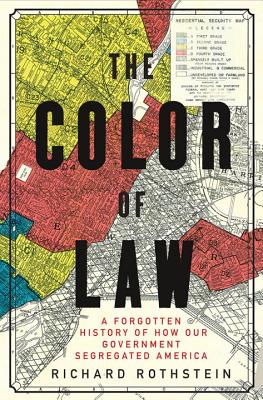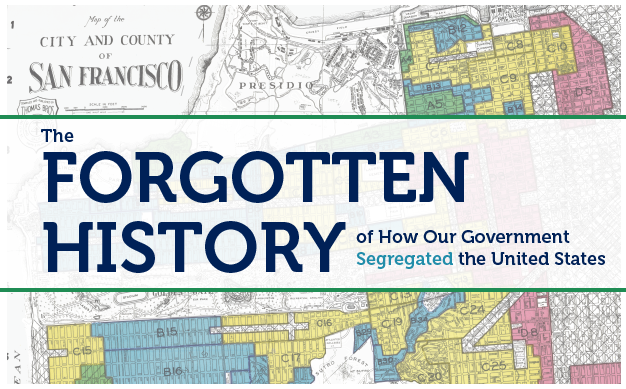I have actually used a variation on this lesson across all class levels, from Honors to Standard. It’s even come up in my Humanities and Sociology electives. For the US History classes, I primarily build the lesson around White Flight history in post-war America, where we examine redlining maps and FHA policies in the 1940s and 1950s. Depending on the level, students will do a close reading of some articles related to Rothstein’s book The Color of Law, and discuss whether they think this qualifies as de jure or de facto discrimination and why. The big reveal however, is when we compare the housing segregation problems of the mid-20th century to today, using the Racial Dot Map. When students see the continuing realities of segregation in current US cities and towns, they are completely floored. I’ve even had students research their own college demographics compared to this data to discuss diversity and affirmative action policies.
There’s also a C-SPAN lesson plan available on their educator website that includes some short clips of a book talk between Richard Rothstein and Ta-Nehisi Coates about The Color of Law. The clips are short enough to use with a variety of students at different learning levels. It allows students to not only read portions of the book, but hear Rothstein’s emphasis on what he determined to be the most consequential policies in shaping segregated housing in America.








Twitter
Google plus
LinkedIn